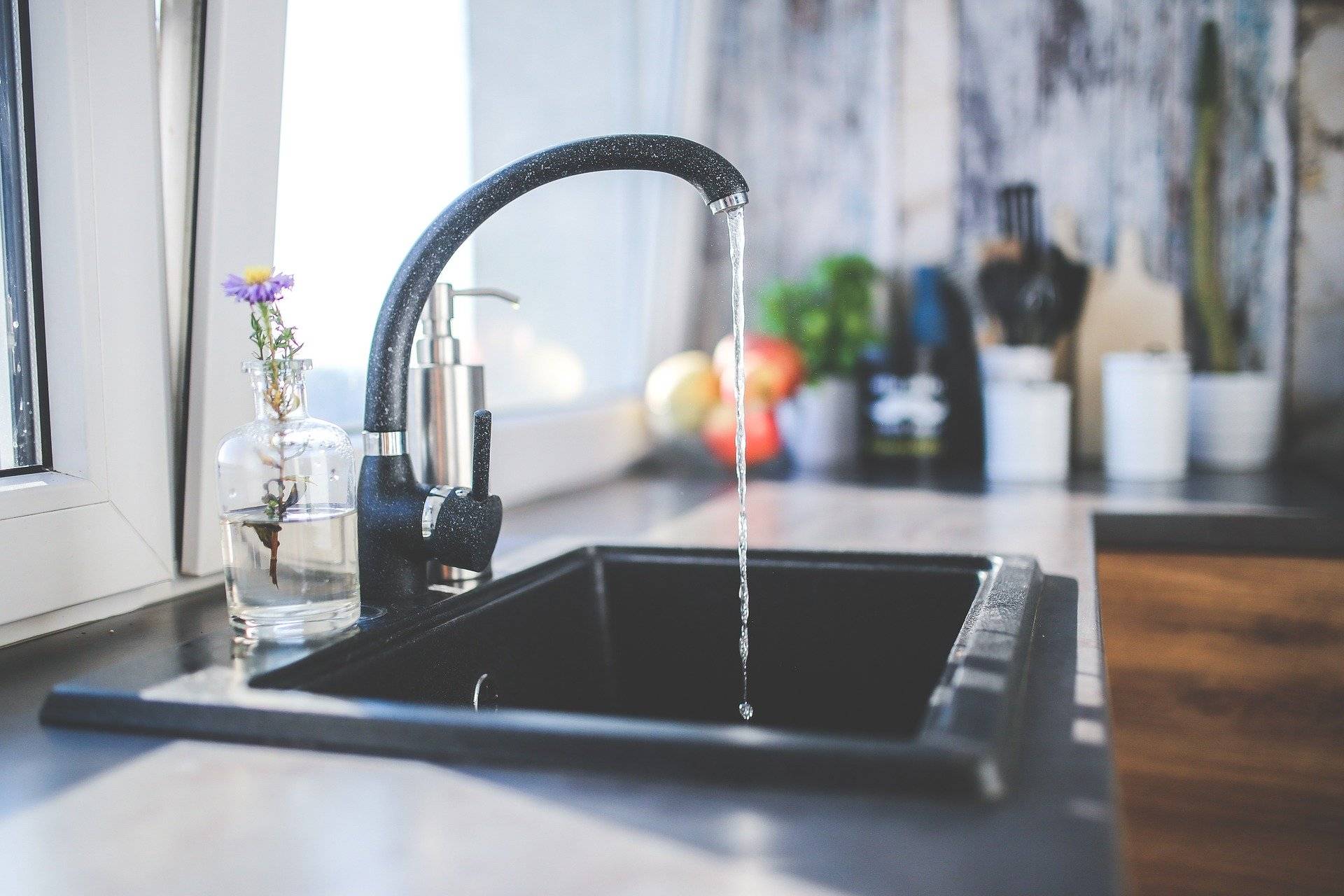
Lead enters the water supply mainly through leaching from corroded pipes and older plumbing fixtures. But the problem is you can’t detect lead in your drinking water. You can’t see it, smell it, or taste it.
The only way to know for certain whether lead is in your water is to test it. If the test results show harmful quantities, then filtration systems are available to remove lead from the drinking water and give you, and your family, peace of mind.
How Does Lead Get into Drinking Water?
Homes built in the U.S. before 1986 were more likely to contain lead plumbing components. These components were later banned as the recognition of lead-related health problems increased.
Lead remains a concern throughout much of the U.S. drinking water infrastructure. The U.S. Environmental Protection Agency (EPA) has taken measures over the past decades to greatly reduce exposure to lead in drinking water. These measures include amendments to the EPA’s Safe Drinking Water Act and the Lead and Copper Rule.
Even so, older metal water taps, interior water pipes, and pipes connecting a house to the main street can still contain lead. If water is not properly treated with anti-corrosive, the water picks up lead as it travels through the pipes, fixtures, and the solder that connects the pipes.
Can Lead in Drinking Water Affect Your Health?
High levels of lead in drinking water can have an effect on someone’s health if the lead enters the bloodstream and causes an elevated blood lead level.
According to the Centers for Disease Control and Prevention (CDC), most studies show that exposure to lead-contaminated water alone would not likely elevate blood lead levels in most adults. However, in children, lead can cause significant health issues such as stunted growth, kidney failure, swelling, and organ and nervous system damage. Children are especially affected because of their growing bodies. In fact, in January of 2019, an alarming report showed more than a quarter of kindergarten students in Cleveland, Ohio public schools had lead poisoning at levels at or above the level where public officials recommend action. You can read the report here: https://www.cleveland.com/metro/2019/01/an-uphill-battle-lead-poisoning-stunts-students-learning-while-cleveland-leaders-fail-to-tackle-lingering-problem.html.
What Can I Do about Lead in Drinking Water?
First, find out if there is lead in the water coming into your home from your municipal water supplier. The water authority should have data available about your drinking water. The information may be posted on the internet or you can ask for a copy of the utility’s annual water quality report as required by the EPA.
Second, have your drinking water tested for lead from a certified lab. You can contact Clearwater Systems to set up a water analysis. If test results reveal that your water has an abnormally high amount of lead or you want to make sure your water is safe from future pollution, Clearwater can coordinate the test for a nominal charge. Then check out Clearwater’s products, including filters and systems certified to remove lead and other contaminants from your water.



